Scrum
Scrum Testing Methodology is a widely adopted strategy in software testing that facilitates the development of complex software applications through an iterative and incremental approach. It is designed to deliver rapid and effective solutions for even the most challenging problems encountered during the software development lifecycle. By adopting this methodology, the development team is able to focus on all critical aspects of software creation, including consistency, performance, usability, scalability, and maintainability.
One of the core strengths of the Scrum Testing Methodology lies in its ability to promote continuous feedback and improvement. Through regular sprints, daily stand-ups, and sprint reviews, teams maintain a high level of collaboration and transparency. This ensures that any issues are identified and resolved early, reducing the risk of project delays or quality issues.
Furthermore, Scrum brings a structured yet flexible framework that supports accountability, ongoing review, and necessary adjustments throughout the development process. These features help in managing complexity, aligning the team with business goals, and ensuring that the final product meets user expectations. Overall, Scrum Testing Methodology enables teams to deliver high-quality software in a dynamic and fast-paced environment.
Scrum Testing
Scrum Testing is a quality assurance process that operates within the Agile Scrum framework to verify that the software application meets its defined requirements and user expectations. This type of testing focuses not only on functional validation but also on non-functional aspects such as performance, security, usability, and reliability. While the traditional role of testers may be minimized in some Scrum environments, where developers often carry out Unit Tests, the need for thorough and structured testing remains critical throughout the development lifecycle.
Under the Scrum Testing Methodology, testing is continuous and integrated into every sprint, aligning closely with iterative development cycles. Testers collaborate with developers, product owners, and Scrum Masters to ensure that each increment of the product is potentially shippable and meets the Definition of Done (DoD). In larger or more complex projects, specialized QA teams or automation testers may be brought in to handle regression testing, performance validation, and integration testing. This methodology fosters a proactive quality culture, enabling quicker identification of defects, faster feedback loops, and ultimately delivering high-quality software in a shorter time frame.
Scrum Technique key characteristics
The main characteristics of Scrum are below:
- Time-Boxed Sprints: Development is divided into short, fixed-duration cycles (usually 1–4 weeks) called sprints, promoting quick delivery and adaptability.
- Variable Scope: The scope of each sprint can adjust based on changing priorities and team capacity, allowing for flexibility.
- Incremental Releases: Each sprint ends with a potentially shippable product increment, contributing to continuous improvement and faster delivery.
- Structured Events: Scrum uses regular sessions like sprint planning, daily stand-ups, sprint reviews, and retrospectives to foster transparency, alignment, and team collaboration.
- Story-Based Development: Work is broken into user stories with clear goals and acceptance criteria, ensuring clarity and focus.
- Scrum Testing Methodology: Testing is integrated from the start; each user story includes test cases to ensure functionality, supporting early defect detection and consistent quality.
- Iterative Process: Scrum promotes frequent feedback, review, and adaptation, improving both the product and process with each sprint cycle.
The Scrum Framework
The scrum framework is divided into three categories as illustrated below:
- Scrum Roles
In Scrum Testing Methodology, there are three major roles i.e. Scrum Master, Product Owner, and the Development Team.
| Scrum Master | Product Owner | Development Team |
| He/She leads the staff and ensures the productivity of the team. | He/she describes commodity attributes. | The team normally has around 5-9 participants. |
| He/She retains the block list and eliminates development obstacles. | The product owner specifies the date of release and the related features. | Developers, programmers, and occasionally testers are included, etc. |
| He/She coordinates for all tasks and responsibilities. | They select the functionality according to the product’s market appeal and productivity. | The team assembles and plans its tasks on its own. |
| He/She defends the team from outside involvement. | He/she is liable for the product’s profitability. | Has the freedom to do anything within the project’s parameters to achieve the sprint target. |
| Calls for regular reporting, sprint review, and meeting preparation. | He/she may accept or reject the outcome of the work object. | Participating actively in regular ceremonies. |
- Scrum Ceremonies
Scrum follows a structured sequence of ceremonies that promote collaboration, transparency, and continuous improvement within Agile teams. These ceremonies form the foundation of Scrum Testing Methodology, ensuring that development and testing efforts remain synchronized and adaptive throughout the sprint lifecycle.
Planning the Sprint:
Each sprint begins with a Sprint Planning meeting. During this ceremony, the team selects high-priority user stories from the release backlog and moves them into the sprint backlog. This process helps define the scope of work for the upcoming sprint. Testers play a key role in this ceremony by estimating the testing efforts required for each story and identifying potential risks or dependencies. They apply the principles of Scrum Testing Methodology to ensure that test cases align with user acceptance criteria and that quality is embedded from the beginning.
Daily Scrum:
The Daily Scrum, also known as the stand-up meeting, is a time-boxed 15-minute event facilitated by the Scrum Master. It serves as a quick status update where each team member answers three key questions: What did I do yesterday? What will I do today? Are there any impediments in my way? From a Scrum Testing Methodology perspective, this ceremony allows testers to report on completed test cases, highlight failed scenarios or bugs, and align with developers for faster issue resolution. It promotes cross-functional collaboration and keeps the team focused and agile.
Sprint Review and Retrospective:
At the end of each sprint, two important ceremonies take place — the Sprint Review and the Sprint Retrospective. The Sprint Review, typically lasting 2–4 hours, is a collaborative meeting where the team demonstrates the completed work to stakeholders. Testers showcase the test coverage achieved, share the status of passed or failed tests, and gather feedback. Following this, the Sprint Retrospective allows the team to reflect on what went well, what could have been better, and what improvements should be made in the next sprint. Both events are critical to the Scrum Testing Methodology as they ensure continuous feedback loops, promote quality improvements, and foster team learning.
- Scrum Artifacts

A scrum process includes
- User stories are concise and descriptive entries that capture the functionality and features that need to be developed from the perspective of the end user. In the context of Scrum Testing Methodology, user stories serve as the foundation for understanding what is being tested and why. They highlight user needs, ensuring that each feature under test aligns with business goals. Typically written in the format “As a [user], I want [feature] so that [benefit],” these stories help both the development and QA teams maintain a user-centric approach throughout the sprint.
- Product Backlog:The product backlog is a prioritized list of all the user stories, features, enhancements, and bug fixes that need to be delivered for a product. Managed by the product owner, the backlog is constantly evolving based on stakeholder input, market changes, or technical insights. In Scrum Testing Methodology, this backlog becomes a key artifact as it guides what needs to be tested and when. The product owner not only curates this list but also assigns priority levels. While the product owner has the authority to approve changes, inputs and modifications can be proposed by the development or testing teams to reflect real-time needs.
- Release Backlog:A release backlog is a subset of the product backlog and includes the user stories that are targeted for a particular release. A release can span multiple sprints, and its scope is defined through collaboration between the product owner and the scrum master. Within Scrum Testing Methodology, this backlog determines the specific features and functionalities that the QA team must validate before deployment. It helps align the testing efforts with the planned delivery timelines and ensures that release goals are clearly communicated to all stakeholders.
- Sprints:Sprints are fixed-duration iterations, typically ranging between two to four weeks, during which a defined set of user stories are developed, tested, and potentially delivered. The duration of a sprint is decided collaboratively by the product owner and the development team. From a Scrum Testing Methodology perspective, each sprint is a mini-project where testing activities are integrated seamlessly into the development lifecycle. This timeboxed nature allows for rapid feedback, early defect detection, and continuous improvement.
- Sprint Backlog:The sprint backlog is the collection of user stories selected for implementation during a specific sprint. It also includes tasks and subtasks associated with each story. Unlike traditional models where tasks are assigned, in Scrum, the team collectively decides and volunteers for work. The sprint backlog is owned by the team and continuously updated to reflect the remaining work. For testers applying Scrum Testing Methodology, this backlog outlines the immediate scope of testing and helps in planning test cases, automation scripts, and exploratory sessions aligned with the sprint goals.
- Block List:The block list (or impediment list) documents all obstacles or issues that prevent the team from progressing. It includes technical challenges, dependencies, or any decision delays that could impede sprint goals. The scrum master is responsible for maintaining and updating this list regularly. Within Scrum Testing Methodology, the block list is especially important for QA professionals as it can include testing environment issues, data availability concerns, or tooling problems. Resolving these blocks promptly ensures uninterrupted testing and smooth sprint execution.
- Burndown Chart:The burndown chart is a visual representation of the remaining work versus time. It helps track progress throughout the sprint or release by showing how many tasks remain to be completed. The slope of the chart reflects the team’s velocity and can highlight if the team is on track. In the context of Scrum Testing Methodology, the burndown chart enables QA teams to monitor testing progress, identify potential delays in test execution, and ensure that the testing pace aligns with development.
Role of Tester in Scrum
In the Scrum Testing Methodology, testers play a far more integral role than traditionally perceived. While developers do perform unit testing as part of their responsibilities, the contribution of dedicated testers is crucial for ensuring overall product quality. Contrary to the notion that testers have a minimal role in Scrum, they are actively involved throughout the sprint cycles. Their responsibilities go beyond just executing test cases—they collaborate closely with developers and product owners to understand user stories, define acceptance criteria, and identify potential risks early in the development cycle.
During each sprint, testers engage in continuous testing activities, including functional, regression, and exploratory testing, to ensure that new features work as intended and do not negatively impact existing functionality. Testers also assist in automating test scripts, maintaining test environments, and providing rapid feedback on product quality. In more complex projects, dedicated testing teams may be established to handle extensive validation needs. Thus, the Scrum Testing Methodology promotes a collaborative and iterative approach where testers are vital contributors to delivering a high-quality, shippable product increment at the end of every sprint.
Scrum Testing Activities
During the different phases of Scrum, testers perform the following activities:
- Sprint Planning
- A user story will be selected from the product backlog by the tester and will be checked in sprint preparation.
- He/she can determine how many hours to complete testing for any chosen user story (Effort Estimation).
- He/she wants to know the sprint targets.
- Participate in the prioritization process as a tester
- Sprint
- Supporting developers in the testing of units
- User-story test until finished. In an environment where both the tester and the developer work side by side, test implementation is carried out. Defects that are monitored regularly are reported in the Defect Management tool. At the scrum conference, faults may be transferred and analyzed. Defects are reassessed until they are addressed and deployed for testing.
- He/she engages in every daily stand-up meeting as a tester to speak.
- As a tester, any backlog object that cannot be done in the ongoing sprint can be taken to the upcoming sprint.
- The tester is in control of designing scripts for automation. The Continuous Integration (CI) method schedules automation monitoring. Due to short delivery periods, automation is critical. By using different open source or subscription-based software available on the internet, test automation can be done. This proves to be reliable in ensuring that all critical functions to be tested are checked. With a close bond with the team, appropriate test coverage can be obtained.
- Reviewing the effects of CI automation and submitting reports to stakeholders
- Performing non-functional tests for user stories accepted
- Coordinate to identify approval conditions for acceptance testing with the user and the product owner
- The tester performs acceptance testing (UAT) at the end of the sprint in some situations and checks the completeness of the test for the ongoing sprint.
- Sprint Retrospective
- He will see both leading and lagging areas in the latest sprint as a tester.
- He recognizes lessons learned and best strategies as a tester.
Test Reporting
The monitoring of Scrum Test metrics allows stakeholders clarity and traceability regarding the project. The recorded metrics help a team to assess their success and prepare their potential product enhancement strategy. For reporting, two metrics are often considered.
Burn down chart: The Scrum Master lists the approximate remaining jobs for the sprint each day. The Burn Down Map is nothing like this. It is updated regularly.
A burndown chart provides a brief rundown of the project development, this chart includes details such as the overall amount of work to be done in the project, the number of sprint work done, etc.
Velocity history graph: The graph of velocity history estimates the sprint team’s speed. It is a bar graph that shows how the performance of teams has evolved.
Conclusion:
Scrum Testing Methodology is more than just an approach it’s a mindset shift that integrates quality assurance into every phase of the Agile development cycle. By embracing user stories, maintaining dynamic backlogs, and aligning testing activities with sprints and releases, teams can ensure rapid feedback, early defect detection, and continuous delivery of high-quality software.
With its collaborative nature and emphasis on transparency, Agile scrum course testing empowers QA professionals to work closely with developers, product owners, and scrum masters to deliver features that truly meet user expectations. Whether you’re a beginner exploring Agile or an experienced tester refining your workflow, adopting Scrum Testing Methodology can lead to more adaptive processes, faster turnaround times, and ultimately, greater customer satisfaction.
In a world where speed and quality go hand in hand, Scrum testing stands out as a critical pillar for successful Agile teams.
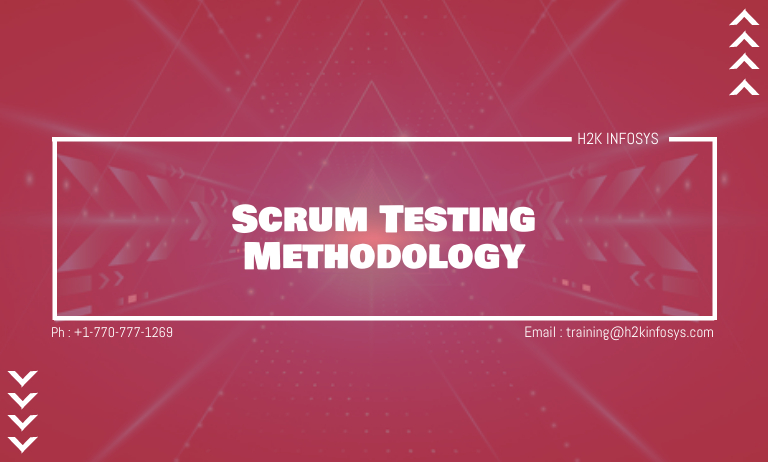







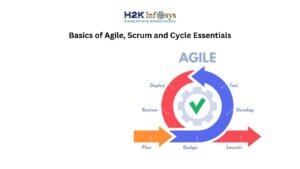
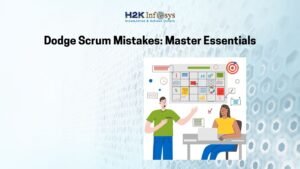

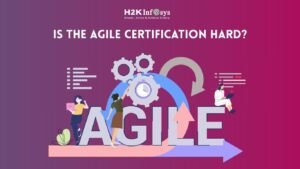
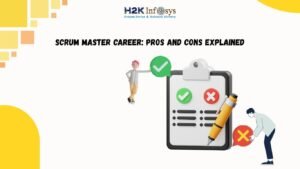
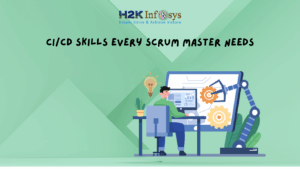





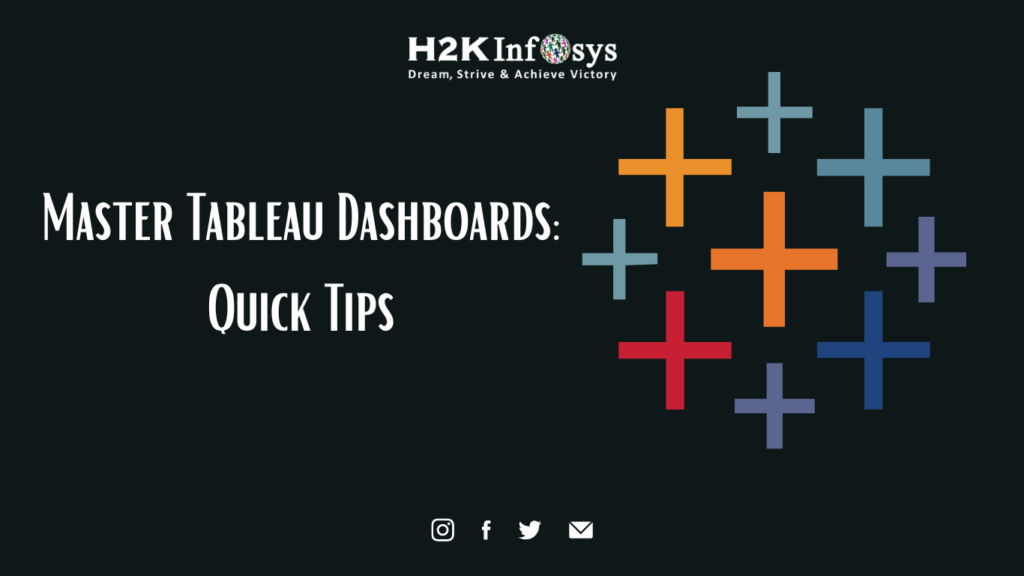
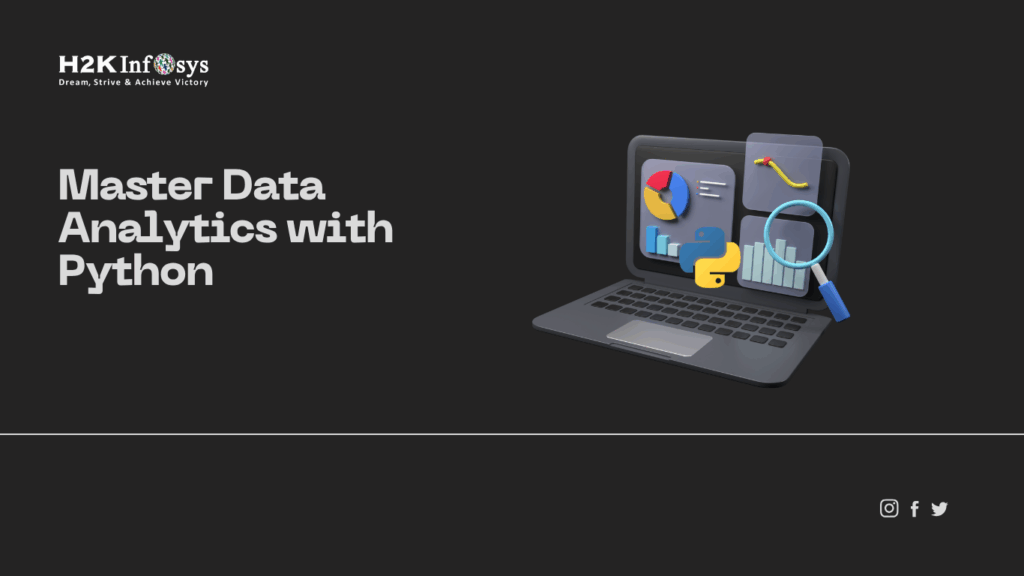






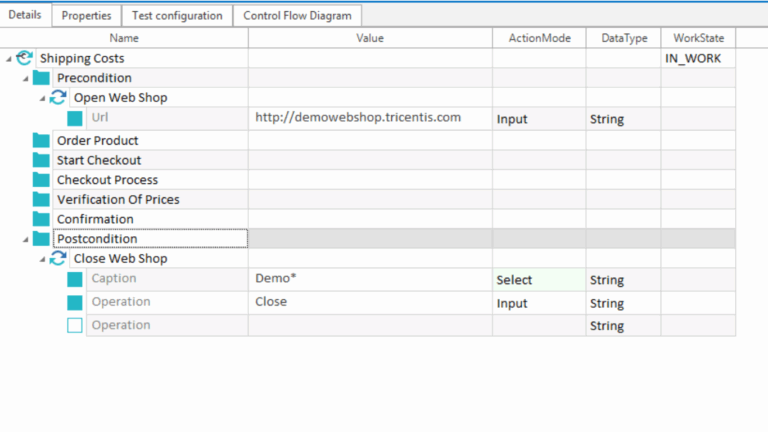


One Response